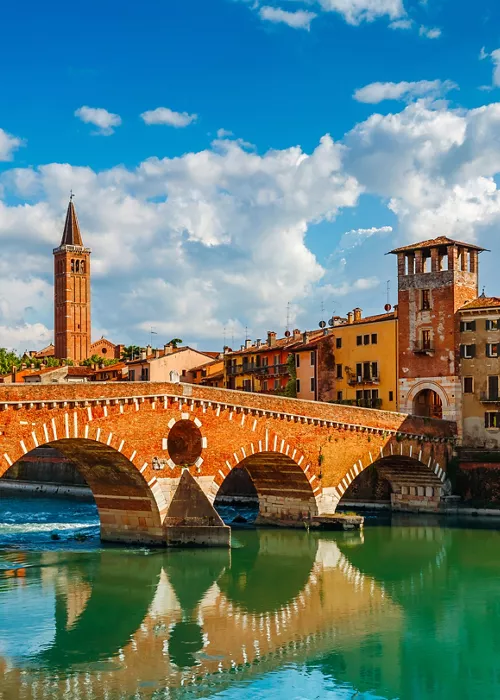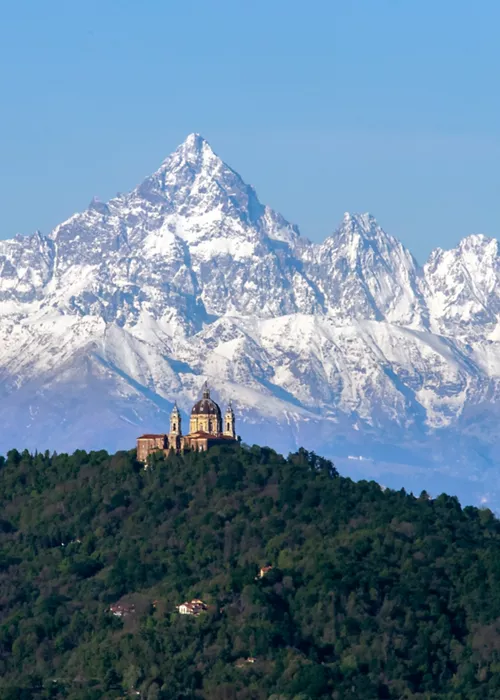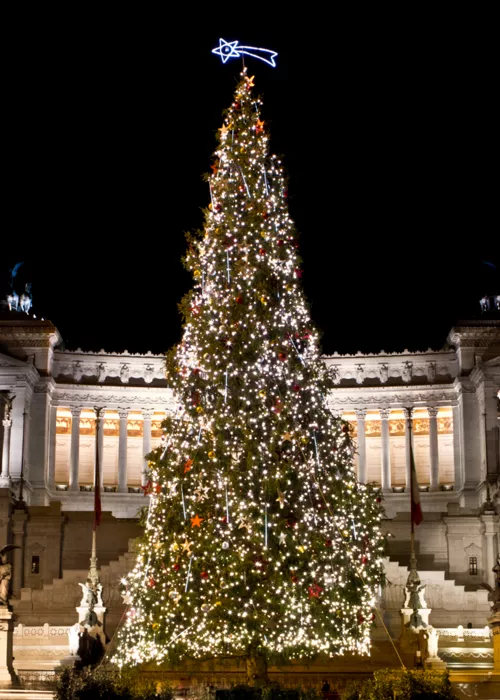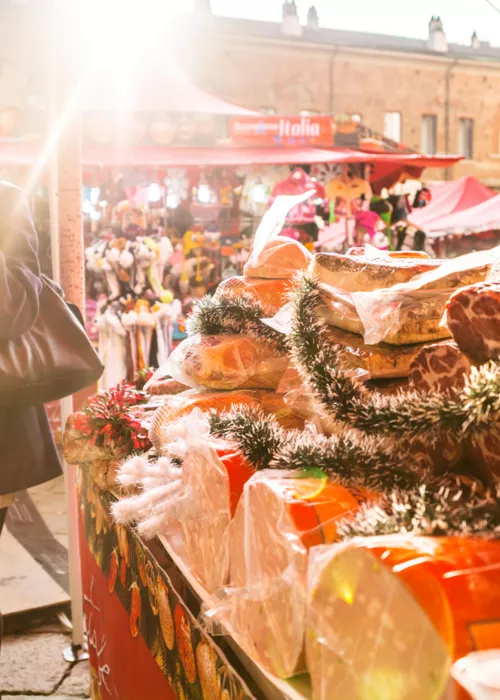History, traditions and events for the Epiphany
3 minutes
Will you be getting sweets or coal? It all depends on how you have behaved during the year. The Christmas festivities in Italy. come to a fitting close with the arrival of the Befana, the world's most famous old lady, who will fly over Italy on her broomstick in to fill the stockings hanging in homes all over the country. Let's find out everything there is to know about the history and origins of the Befana, the meaning of Epiphany and the traditions linked to this mysterious and fascinating character.
If you' re planning to visit Italy on the Epiphany weekend, 6 January, get ready to discover a unique side of Italian tradition. Here are the main Epiphany events, from north to south.
The significance of the Epiphany, amid Christian and pagan celebrations

The Epiphany is a Christian festival celebrating the arrival of Jesus Christ into the world, the moment when the three Wise Men came to Jerusalem from Asia, Europe and Africa to worship the incarnation of God. For Western denominations, it is celebrated on 6 January, exactly 12 days after 25 December, Christmas Day. The etymology of the Epiphany is to be found in ancient Greek, used to indicate a divine manifestation or apparition.
The pagan meaning of Epiphany, however, is linked to propitiatory rites for agriculture between the 10th and 6th centuries B.C. and, between ancient Rome and the Middle Ages, to Roman winter solstice celebrations that continued for 12 days after 25 December, with each day representing one of the 12 months of the year.
The origins and history of the Befana: how did her character emerge?

The origins of the Befana, a traditional Italian folklore character linked to the Christmas season, go back to ancient pagan propitiatory rites that were inherited by the Romans. During the 12 nights following the Winter Solstice, mysterious female figures were believed to fly over the fields on broomsticks to propitiate future harvests.
From these figures, and with the influence of Germanic mythology and the Christian symbolism of the Magi who came to bring gifts to the infant Jesus, we come to the legend of the Befana as she is celebrated today: an old woman who, on the night between 5 and 6 January, visits children to fill the stockings left hanging on the fireplace with sweets or coal.
Traditions and events for celebrating 6 January
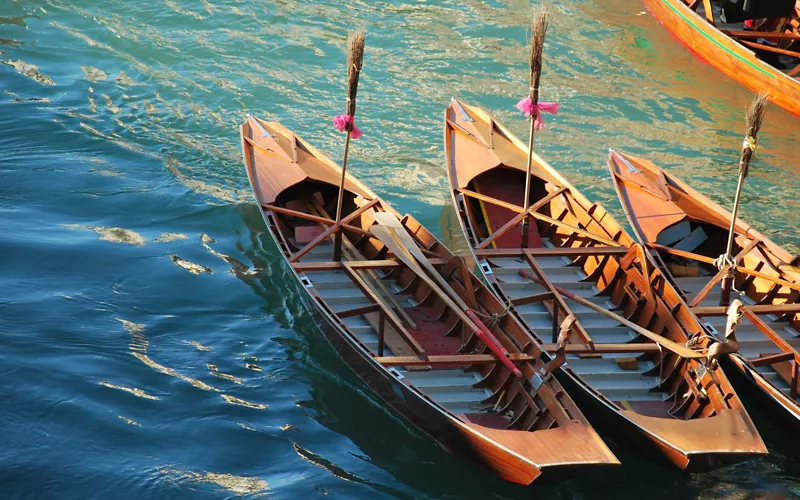
'L'Epifania tutte le feste porta via' (Epiphany takes all holidays away) is a saying that comes true in the spectacular celebrations in Italy, for what is effectively the last day of the Christmas holidays.
In Venice every year the Regata della Befana takes place, in which people dressed as the Befana challenge each other to a rowing race along the Grand Canal, while in Verona a large puppet is set on fire during the 'rogo della vecia' (burning of the old woman) ceremony.
In the Parco degli Acquedotti in Rome on 6 January, there is the 'Corri per la Befana' (Run for the Epiphany) event, a competitive 10-kilometre race; while a short walk from Castel Sant'Angelo, in Piazza Navona, you can watch a costume parade.
In many Italian cities, from Cervia to Marina di Pisa, 6 January is the occasion for the Befana dive: a group swim in the sea in which everyone can participate.
And if you want to visit the Befana's house, head to the historical centre of Urbania, in the province of Pesaro and Urbino.
The Befana's sweets: which delicacies are dedicated to her?

There is no tradition in Italy that is not also associated with food, and the arrival of the Befana is no exception. Sweets for the Epiphany vary from region to region, but rest assured that everywhere you will find delicacies that you can only taste at this time of year.
Fugassa della befana, a staple on Piedmontese tables, is a sweet focaccia enriched with candied fruit and sugar grains. Simple and delicious, as are the befanini, rum-flavoured biscuits that can be found throughout Tuscany.
In Abruzzo, throughout the Christmas period, you can feast on pepatelli, biscuits made with almonds, honey and a pinch of pepper; while if you are in Salento, you can' t miss purcidduzzi salentini, small gnocchi made of fried dough that you will find in different variations in the bordering regions.



